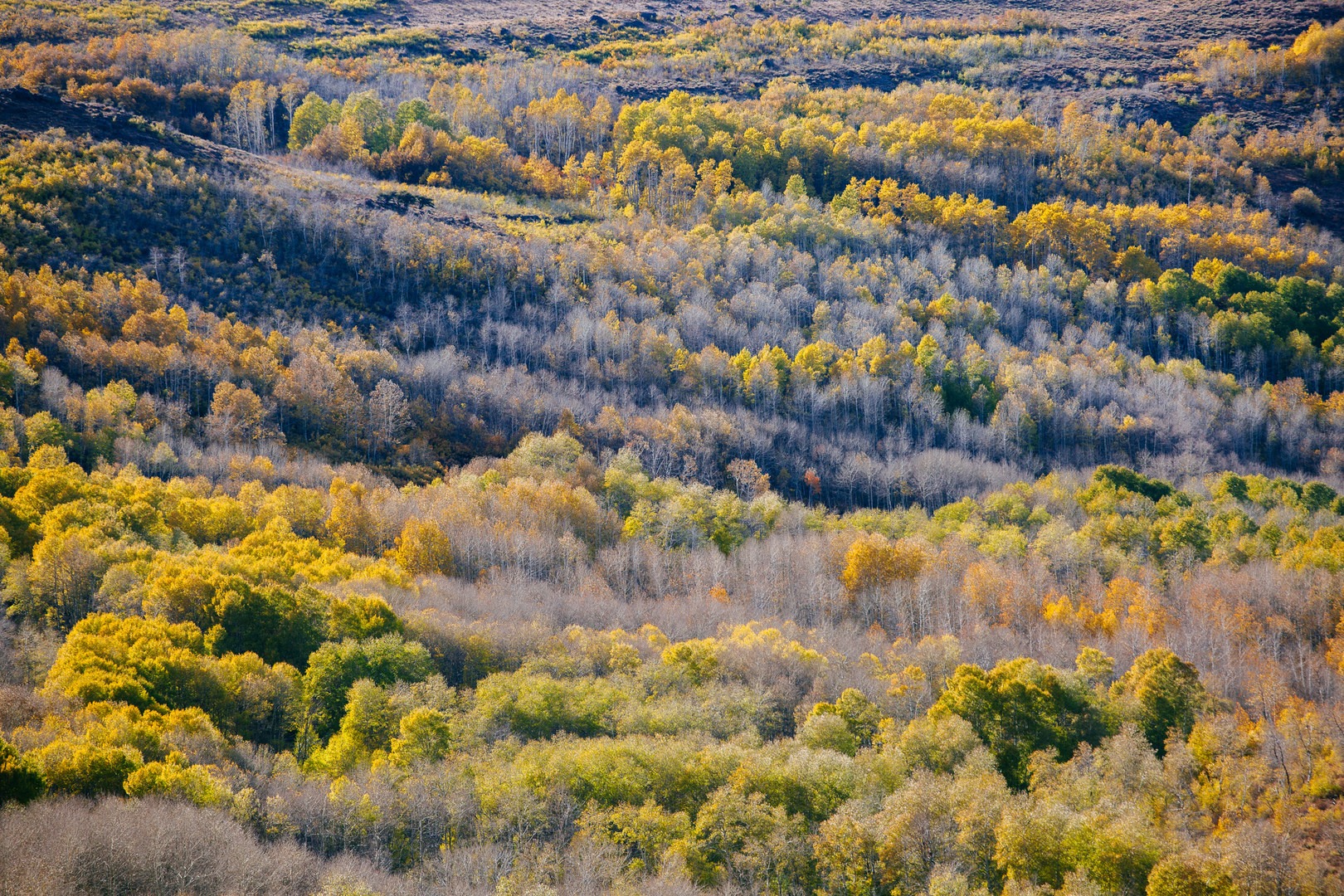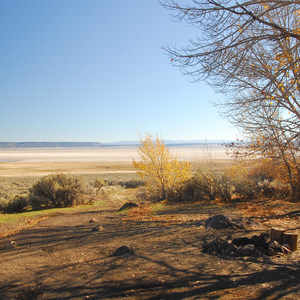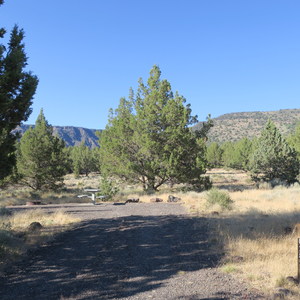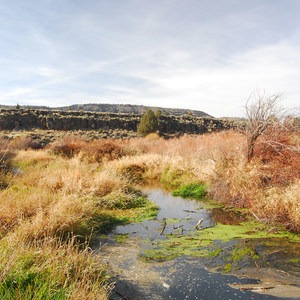You are here
While Oregon lacks the undeniably brilliant fall foliage displays of Appalachia, the state adorned in Douglas fir is still a wonderful place to watch the season turn from summer to autumn. In particular, Steens Mountain demonstrates the state's vast ecodiversity on the plateau of Eastern Oregon, and in the fall a palette of gold colors the high desert forests of aspen and cottonwood—some of the biggest stands in the state.
Peak color for these beautiful trees typically takes place in mid- to late-September and early October before the storms of autumn strip the trees of their leaves. Visitors can see the changing colors while driving the Steens Mountain Backcountry Byway or while hiking the Big Indian Gorge. The show is especially vibrant between Fish Lake and Jackman Park on approach to the Steens Mountain summit. Fish Lake is also the site of arborglyph aspens, carved by Spanish sheepherders who lived in the area in the 20th century. Arborglyphs, which are essentially tree carvings, persist over time and grow more pronounced as the aspen groves age. Another prime viewing spot occurs at Honeymoon Lake, down an unmarked turnoff shortly before Jackman Park.
Steens Mountain is a unique montane environment because it lacks a conifer population at elevations where it would normally be found. A number of factors may be involved with the absence of the evergreens, but Steens Mountain is the largest mountain area without them, which provides abundant habitat for aspen, a transitional tree species, to grow. The higher elevation of Steens Mountain traps moisture, and the aspen are particularly partial to the habitat between 6,000 and 7,000 feet, also known as the “aspen belt."
Groves of aspen are considered a single organism, genetically identical clones of one another that propagate from a common root system to colonize environments recovering from avalanche or wildfire. In other words, the tree species is partial to watersheds where natural cycles of fire and snow have eradicated the larger tree species, which outcompete aspen in the older-growth forests. There are no conifers here, and so the golden aspen dominate the glacially carved gorges and sagebrush hills of the Steens Mountain Wilderness.
Hunting season is in full swing during the fall months, so be on the lookout for hunters and wear bright colors. The last auto service is available in Frenchglen, so be sure to fill up before venturing into the Steens wilderness.











Comments
Sign In and share them.